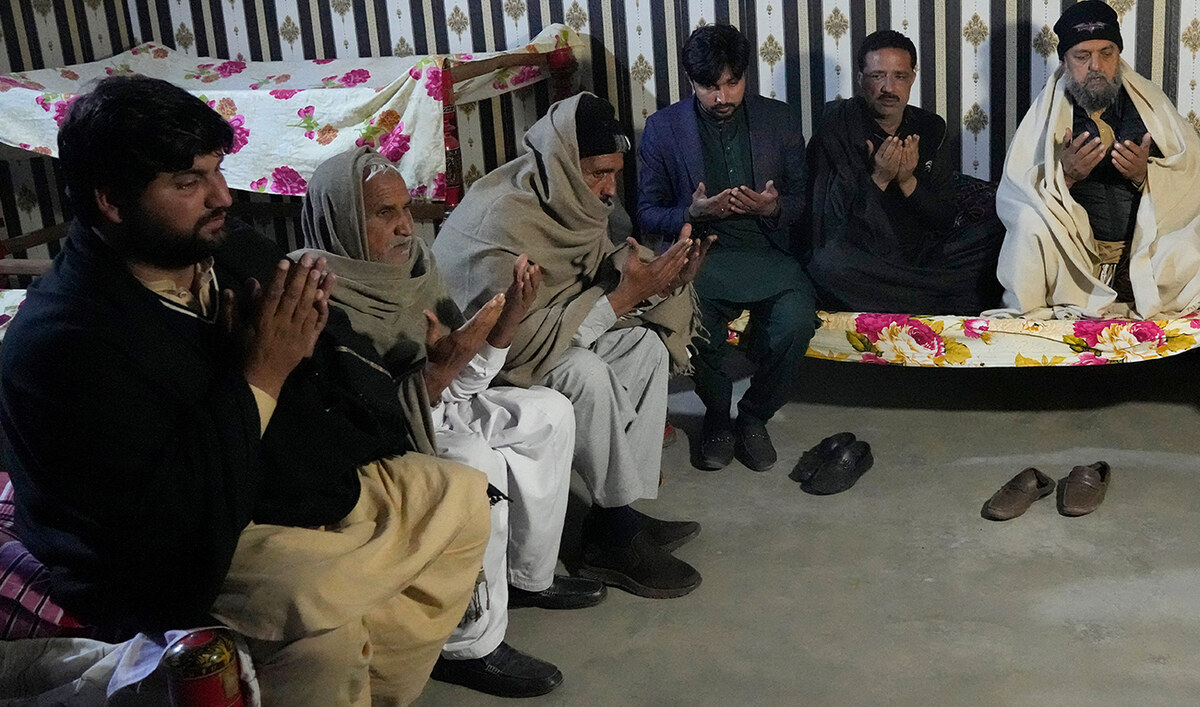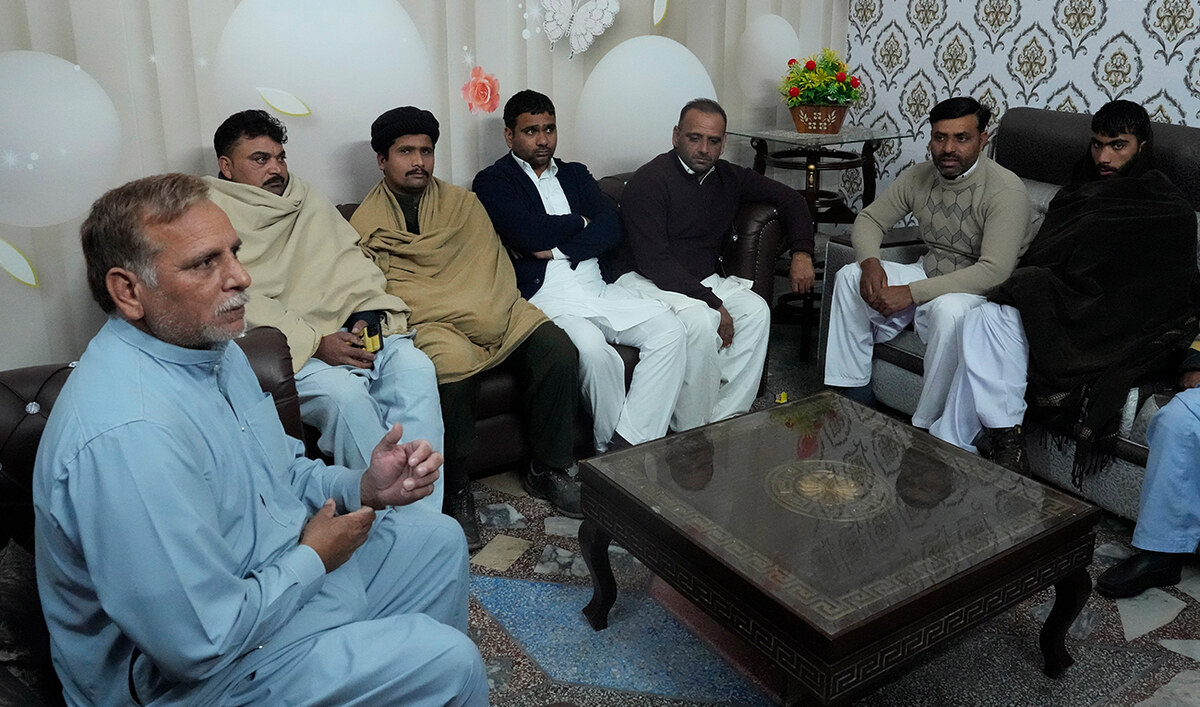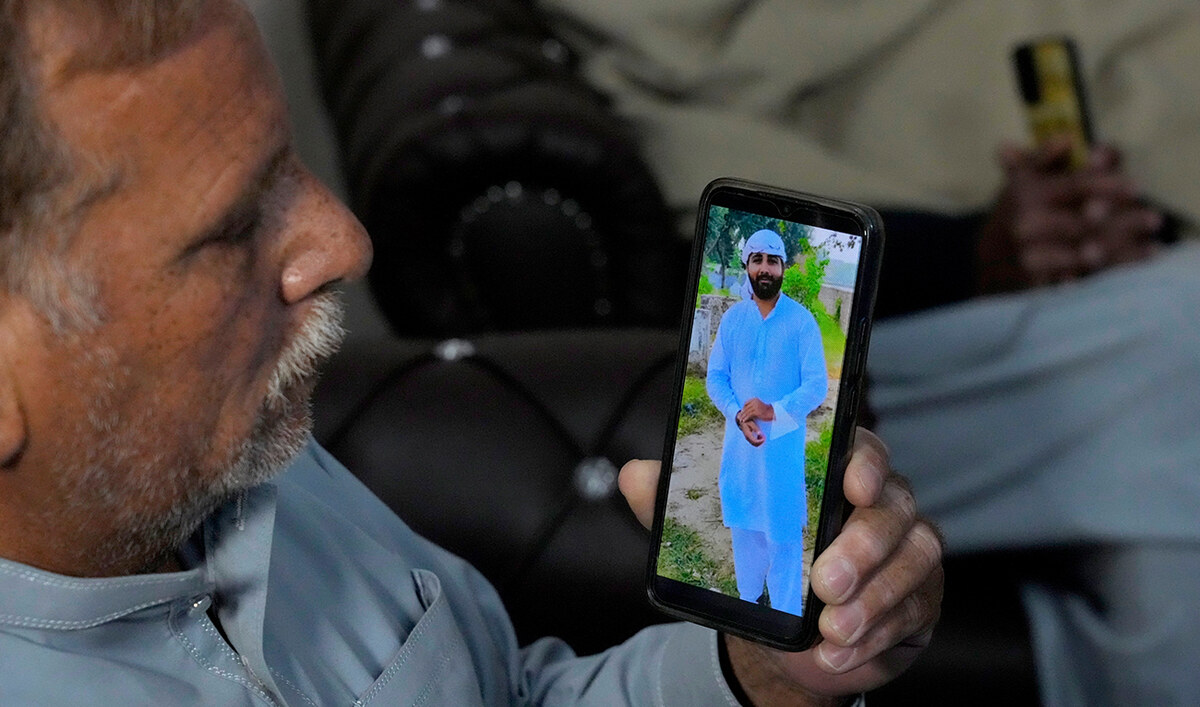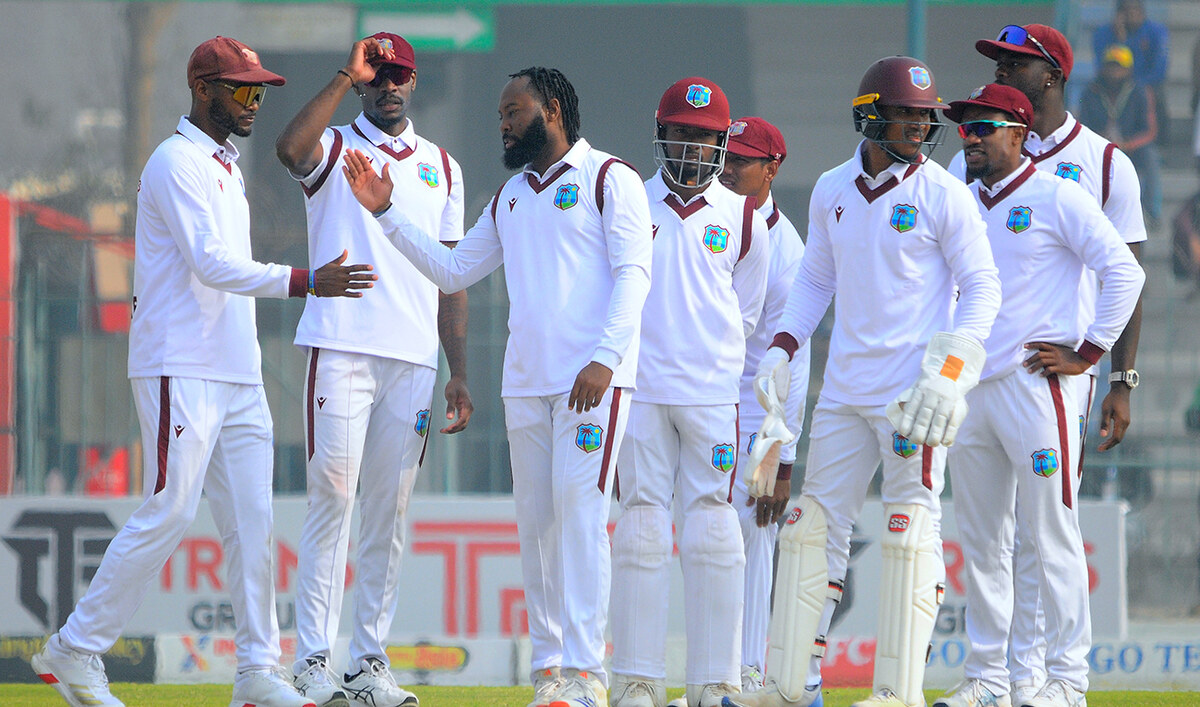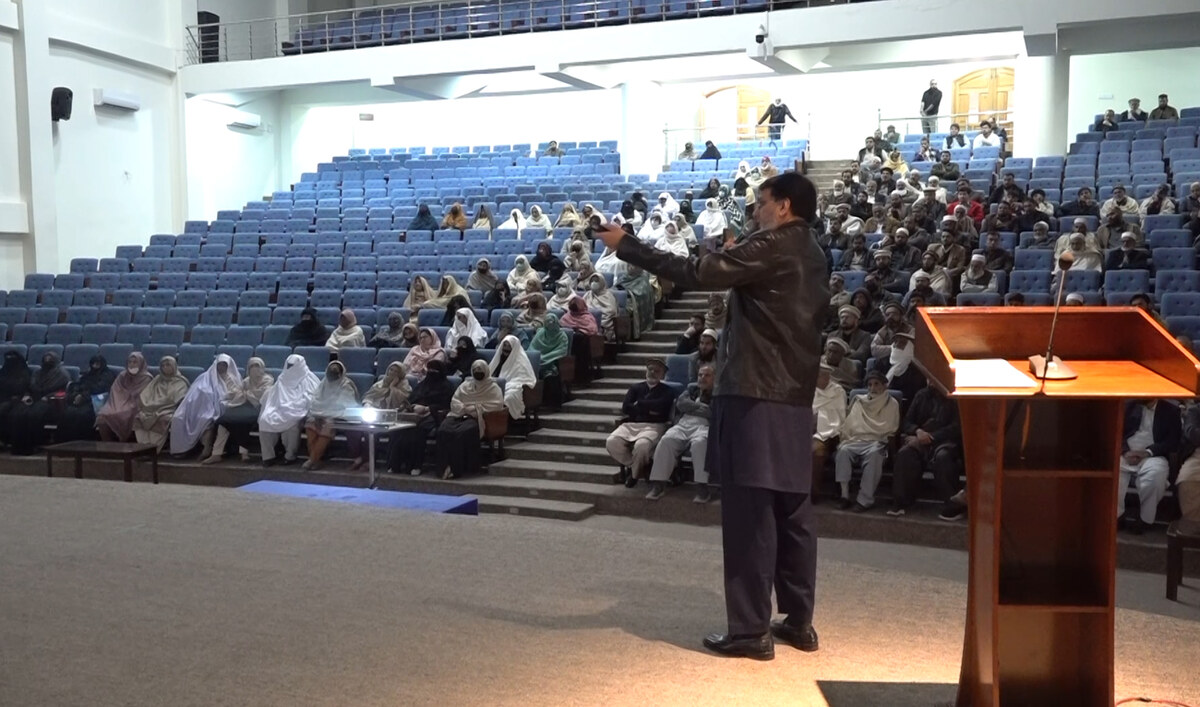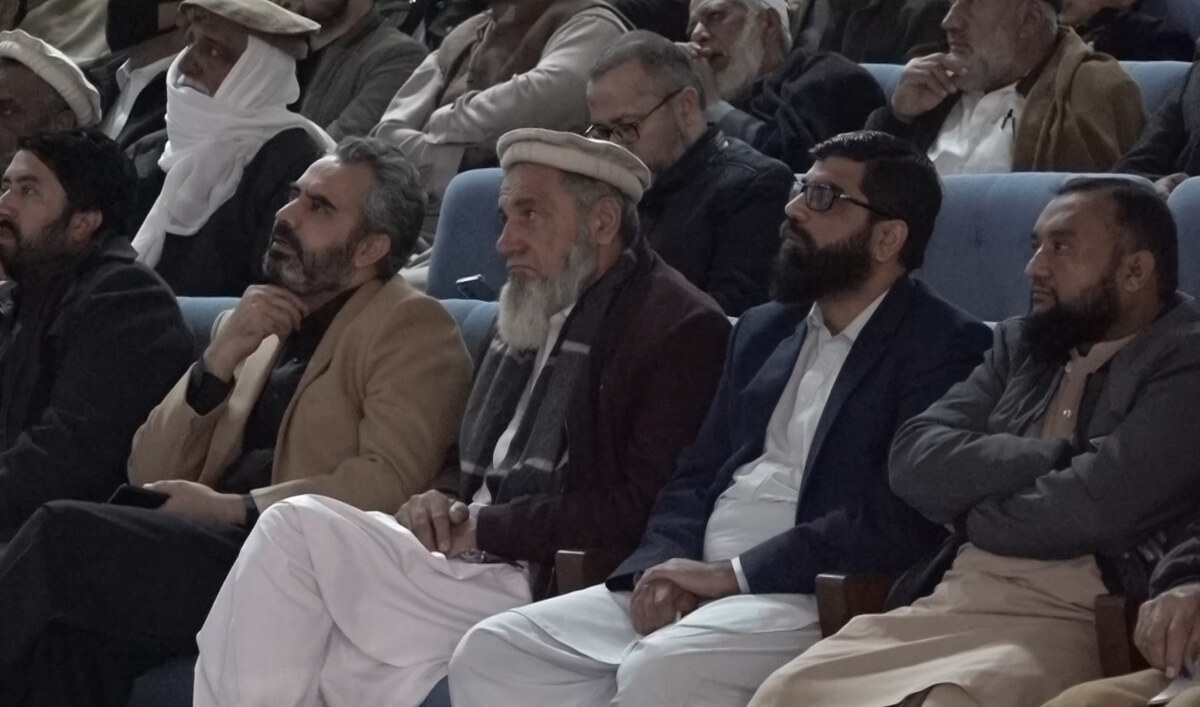ISLAMABAD: Cities around the world are known by their major landmarks: Paris has the Eiffel Tower, London has Big Ben, New York City has the Statue of Liberty and here in Islamabad, Pakistanis have Faisal Mosque.
At 54,000 square feet, Faisal Mosque, named after Saudi Arabia’s King Faisal bin Abdul Aziz, is the largest mosque in South Asia and the fourth largest in the world. It sits at the base of Islamabad’s crown jewel, the Margalla Hills, and can accommodate 250,000 worshippers at one time. The triangular prayer hall alone can squeeze in 100,000 people.
The idea for the mosque was conceived in 1966 when then sitting ruler of Saudi Arabia King Faisal visited Pakistan. The king gave a grant of $120 million for the project and construction began ten years later under Azim Khan of National Construction Limited Pakistan. Designs for the mosque poured in through a competition from 17 countries and in 1969, Turkish architect Vedat Dalokay’s plan was selected. Construction was completed in 1986.
Faisal mosque broke from traditional Islamic structures like domes and was built along clean modern lines resembling the tents used by nomadic Arab Bedouin tribes, with sloping roofs and a unique angular body. The mosque’s white marble structure, flanked by four, 260-feet-high minarets, sits in eye-popping juxtaposition to the backdrop of the majestic Margalla Hills. The minarets are designed in a perfect one-to-one ratio with the base to create an invisible cube that alludes to the Kabaa.
The interiors are covered in intricate mosaics and calligraphy, designed by renowned Pakistani artist Sadequain. Paying homage to it’s Turkish architect, the main prayer hall sits beneath a sizable chandelier showcasing a traditional Turkish design. In addition to being home to a large population of Friday prayer goers, nikkah ceremonies, funerals and more, the mosque also has an extensive library, lecture hall, a museum and even a cafe.





